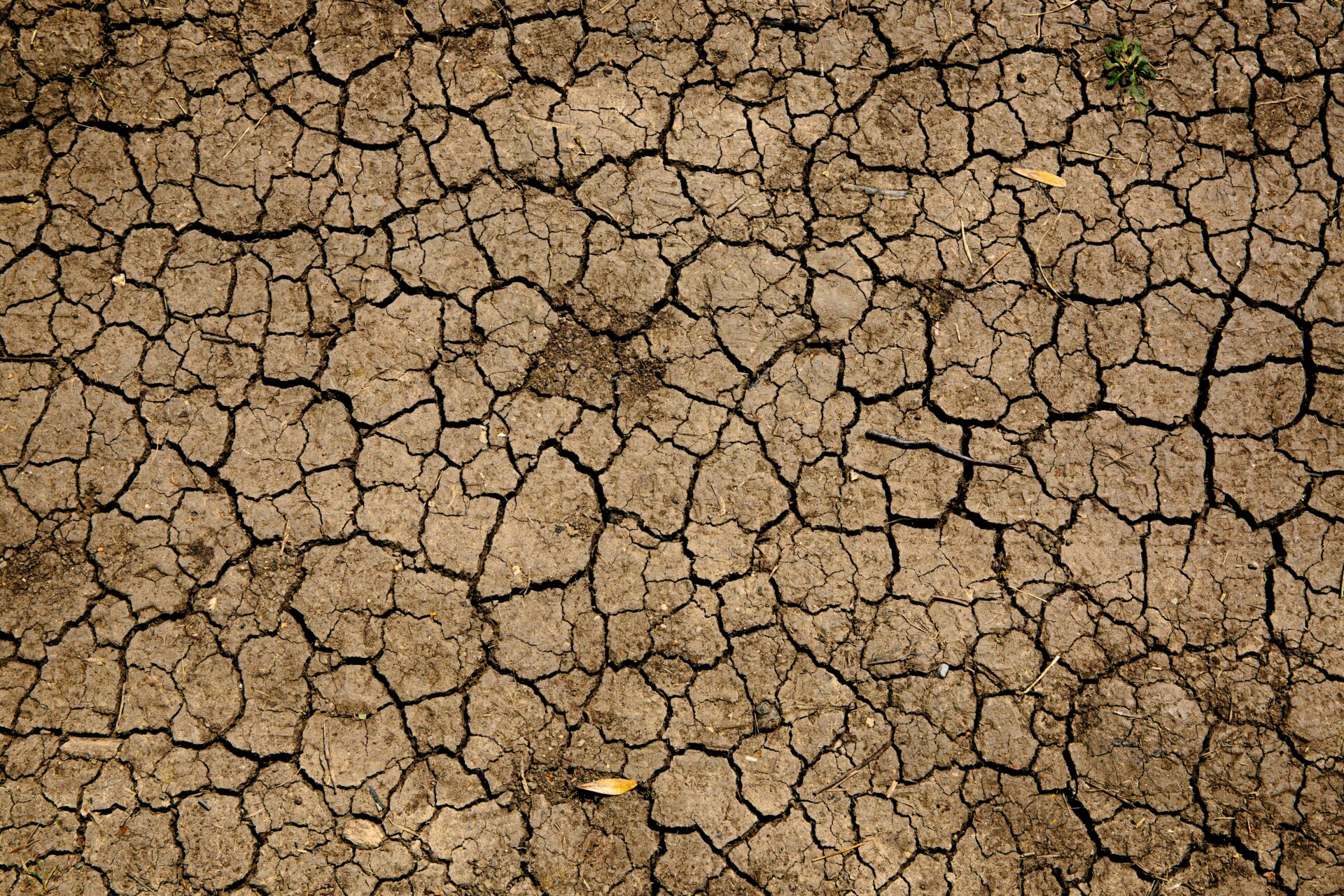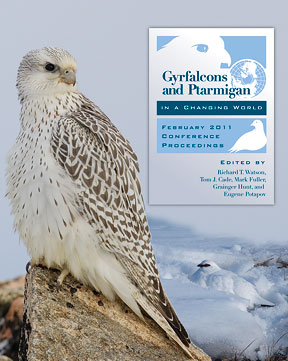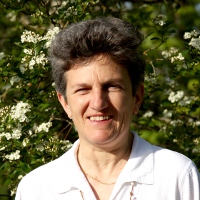Despite the scarcity of sustained funding to promote continuous record collection, scientists and citizens around the world are now generating large volumes of monitoring data that vary in quality, format, supporting documentation, and accessibility. Complex interactions between climate, fauna, flora, and human land use challenge the understanding and forecasting of the mechanisms of change. Diverse models are now being run at various spatial and temporal scales to understand past climate variability and its impacts, generate future climate and land use scenarios, and project potential future impacts to the planet’s inhabitants. Estimates of the uncertainty associated with past observations and climate proxies, and with the results from climate and climate impacts models are often discussed but rarely quantified in a useful way to help land emissions, land use (agriculture, urbanization, industrialization, energy resource acquisition), and conservation efforts. Conservation practitioners and land managers are struggling to synthesize the wealth of available information and heed warnings of the unpredictable human response to edge and information, and translate evolving science results into on-the-ground climate-aware strategies. Many agencies and NGOs are currently involved in synthesizing observations and simulations, developing land management strategies, and implementing those they judge are most likely to succeed or at least cause the least harm. Collaboration and effective information sharing is essential to work effectively towards common goals. This paper includes examples of source of climate change information, a brief summary of the types of models currently used in climate change science projects, and illustrations of collaborative efforts that address climate change issues specifically focused on the Gyrfalcon in panarctic regions.
Conservation Strategies in a Changing World


